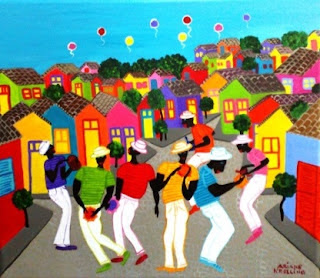The extraordinary Spanish pianist and composer Isaac Albéniz's great thirst for adventure led him to tour Spain and then America before the age of thirteen. He gave performances, first as a child prodigy at the age of eight, and then as a promising young pianist comparable to Liszt or Thalberg.
This was helped by his father's job as a customs official, constantly moving from city to city. His life story – including a mystical stage, similar to that of Liszt – led the musical circles of his time to call him simply "the Spanish Liszt". However, unlike the Hungarian master, the adolescent Albéniz had to work on anything during his travels when the reality was below expectations, which often happened because the little master "went on tour" in the direction in which he was turned.
Leipzig
At the age of fourteen, he seemed to settle down. After performing in New York and San Francisco, he entered the Leipzig Conservatory in order to improve his skills, but it didn't last long. He was there for only nine months. He had run out of money, so he had to return to Spain.
Brussels
A patron then intervened and obtained his admission to the prestigious Brussels Conservatory of Music thanks to a royal grant. There he proved to be the youngest and most brilliant pupil, which was crowned by obtaining the first prize of the Conservatory in 1879. But he only stayed there for three years.
 |
| Isaac Albéniz, at 22 (1860 - 1909) |
After meeting Liszt and joining the tours of the great Hungarian master with other young people who followed him everywhere, he returned to Spain and decided to settle in Barcelona. There he married in 1883 and started a family. Albéniz had now settled down.
Spanish Rhapsody, for piano and orchestra
Unfortunately, unlike the other pieces of the same name by Ravel, Chabrier, or Liszt, in our days Albéniz's Rhapsody is not heard in auditoriums as regularly as its composer, who held it in high esteem, would have liked.
Originally written for piano and completed in 1886, the composer successfully premiered it in Madrid on March 21, 1887.
The version generally heard today is the 1911 version for piano and orchestra by Georges Enescu.
Work in one movement, its parts, or sections, rich in the purest Spanish tradition, are as follows:
00 Allegretto
03:59 "Petenera de Mariani" (Mariani's Petenera)
07:24 "Jota"
09:52 "Malagueña of Juan Breva"
16:28 "Estudiantina"
The performance is by Russian pianist Lubov Timofeyeva, accompanied by the Moscow Symphony Orchestra, conducted by Vladimir Ziva.





































